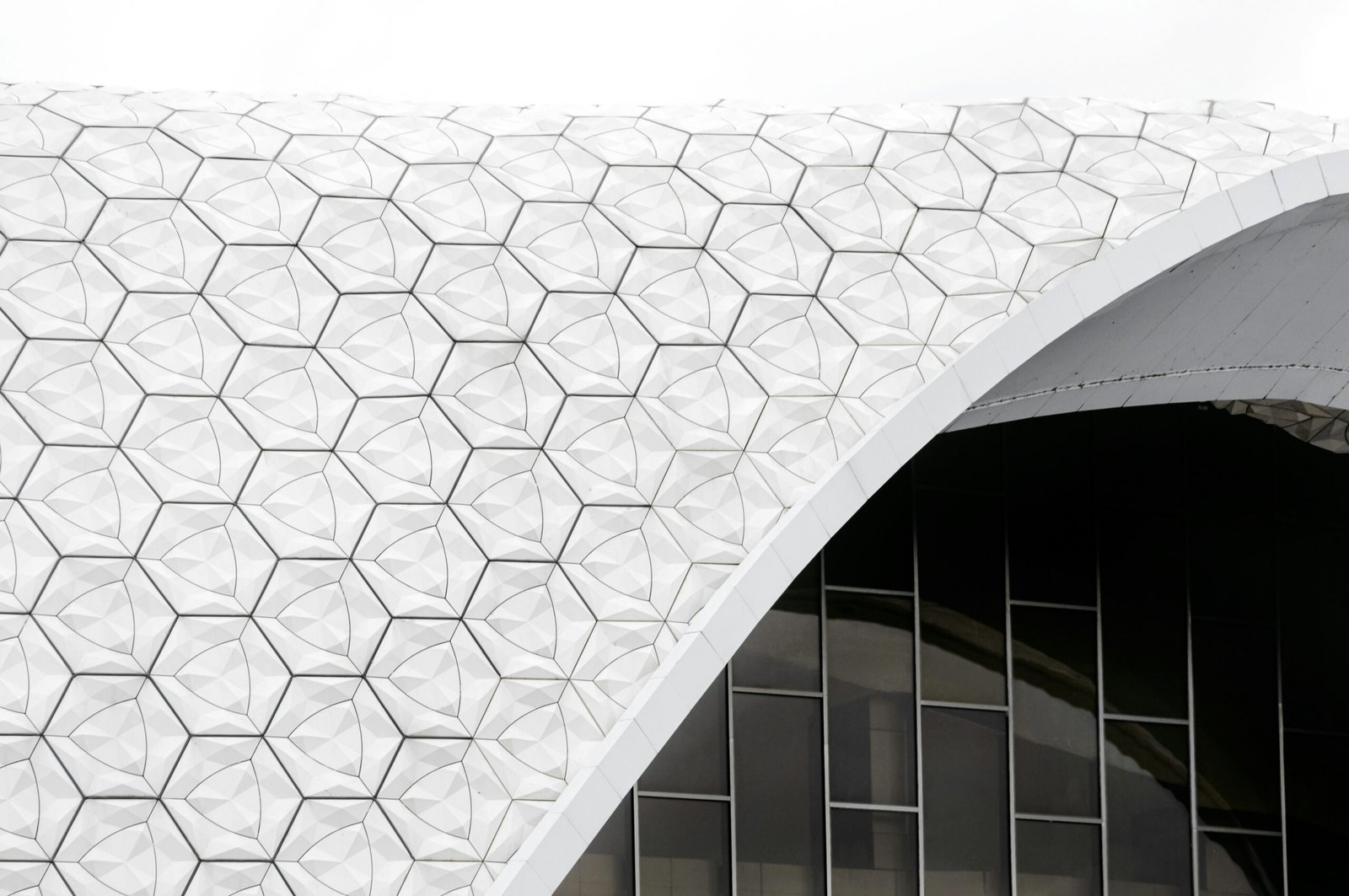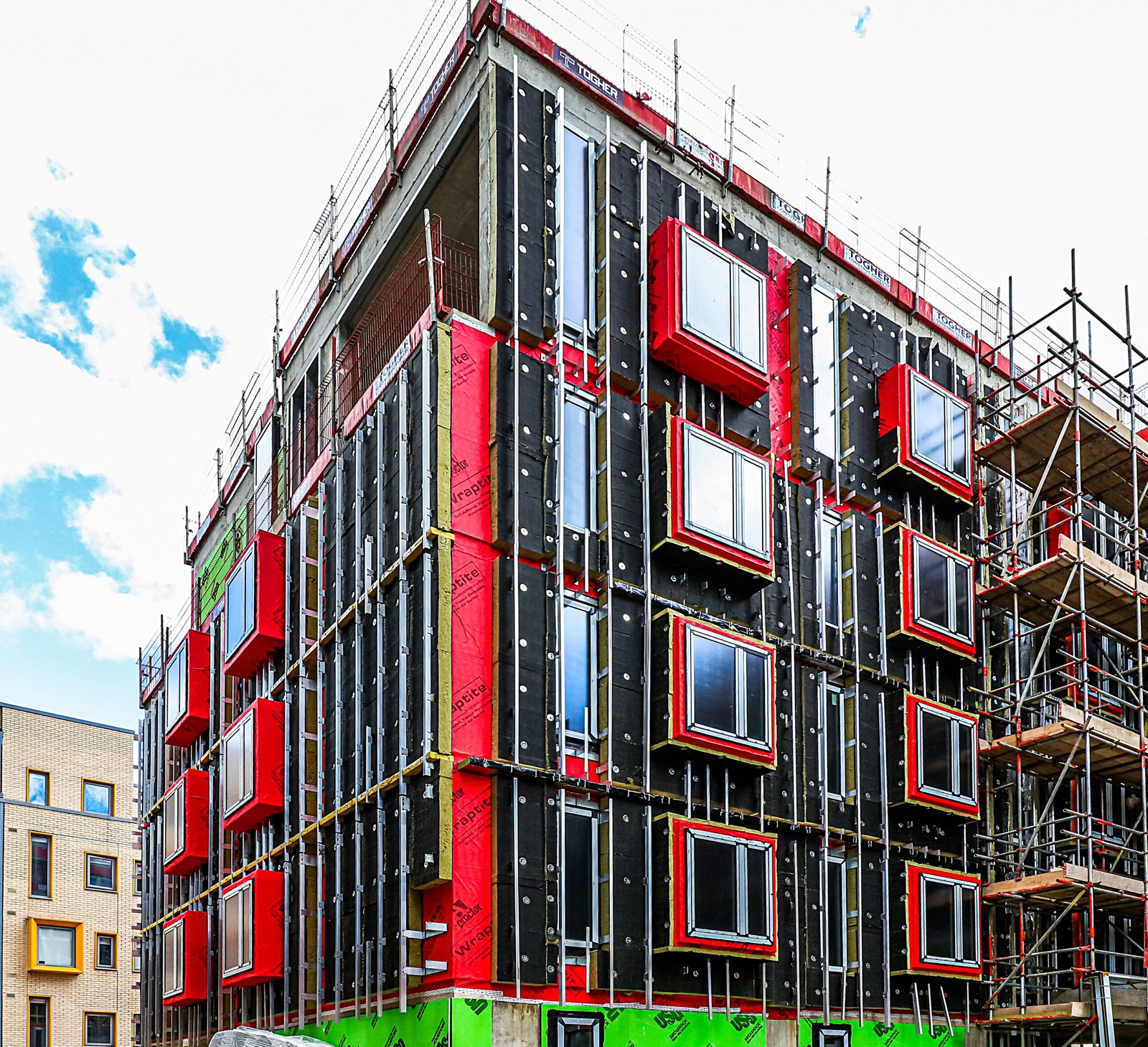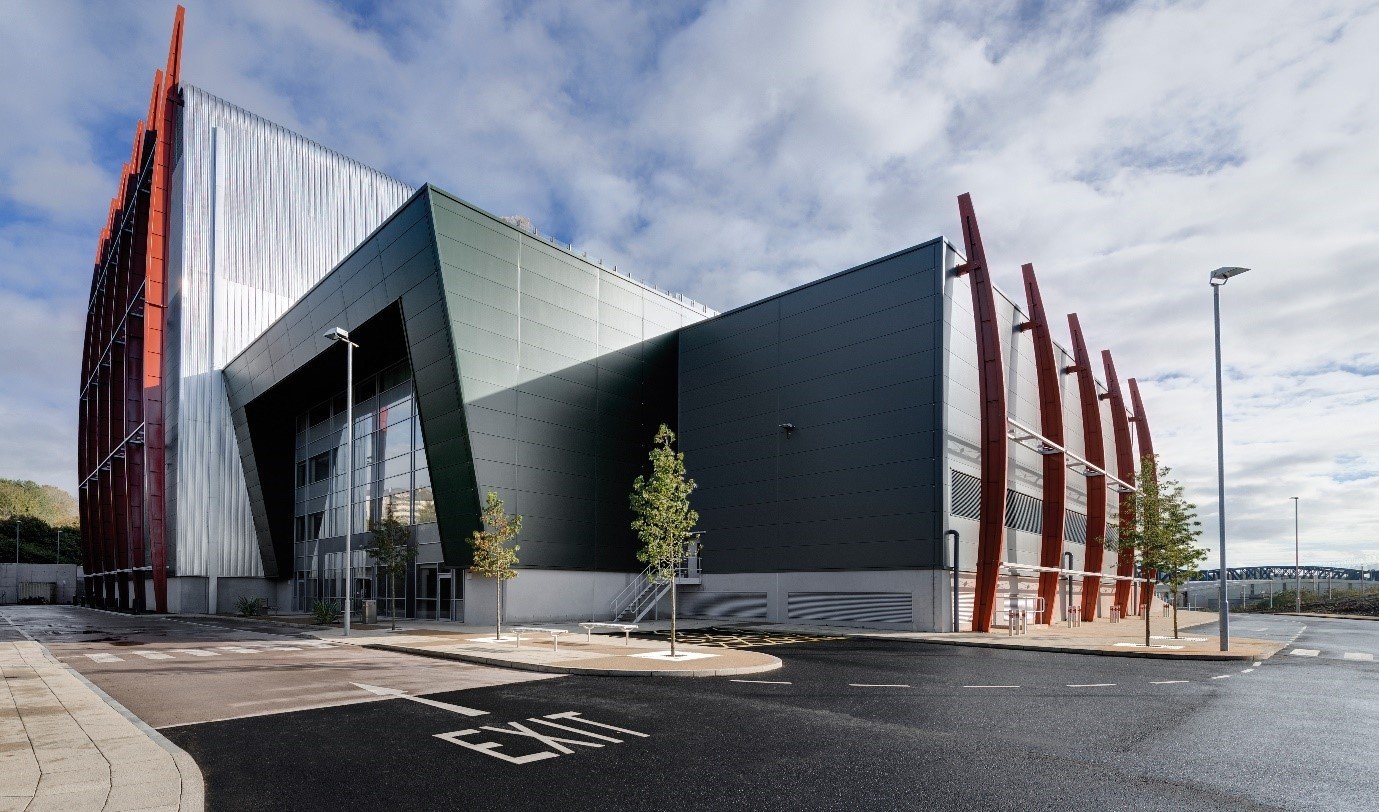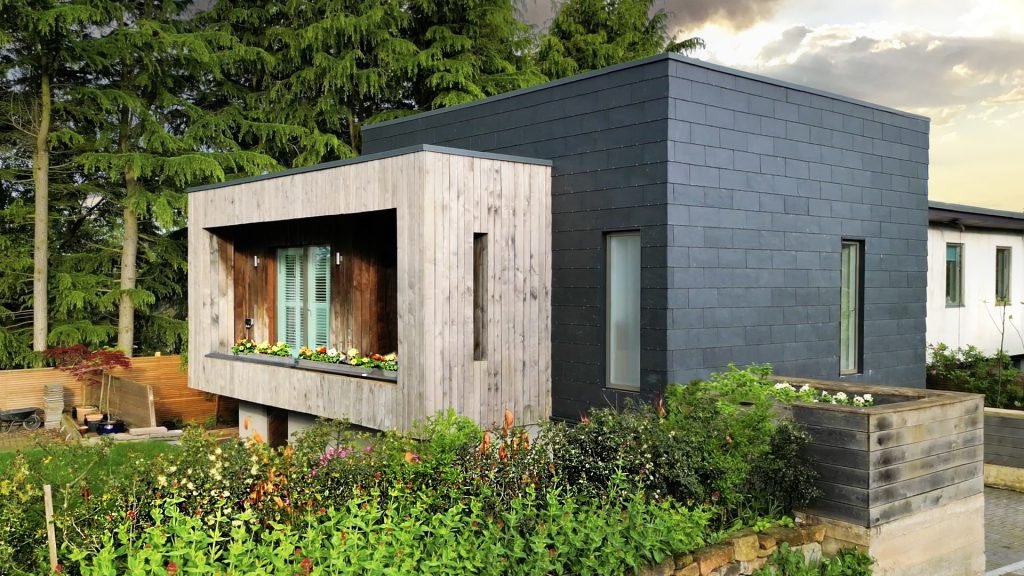The Basics: What is Rainscreen Cladding?
At its core, rainscreen cladding is a form of exterior wall detail where the cladding stands off from the moisture-resistant surface of the building’s structure. This design creates a ventilated cavity that allows for water drainage and evaporation, effectively acting as a barrier against water ingress. But the benefits don’t stop at moisture control; this innovative system also plays a pivotal role in thermal insulation, fire protection, and even noise reduction.
Material Mastery: Exploring Options
The choice of material for rainscreen cladding is diverse, each offering unique benefits. From traditional timber and stone to modern composites and metals, materials are selected based on project requirements, durability, maintenance, and aesthetic vision. Aluminium and composite materials, for example, offer lightweight, durable, and fire-resistant qualities, making them increasingly popular in contemporary projects.
Fire Safety: A Hot Topic
In the wake of several high-profile fire incidents in the UK, the importance of non-combustible materials in construction cannot be overstated. Rainscreen cladding systems offer enhanced fire safety features, especially when constructed with materials classified as A1 or A2 under the European Reaction to Fire classification system. This aspect is crucial for not just compliance with stringent building regulations but also for ensuring the safety and peace of mind of the occupants.
Aesthetic Versatility: Designing with Freedom
Rainscreen cladding allows architects and designers an unprecedented level of creative freedom. With a vast palette of materials, finishes, and colours, the exterior of a building can truly reflect the vision of its creators and the character of its surroundings. Whether it’s blending with the historical fabric of a city or making a bold contemporary statement, rainscreen cladding offers the flexibility to achieve diverse architectural styles.
The Environmental Edge: Sustainability in Focus
Sustainability is no longer just a buzzword in construction; it’s a mandate. Rainscreen cladding contributes positively to a building’s environmental footprint by improving thermal efficiency, reducing the need for artificial heating and cooling. Additionally, many cladding materials are recyclable, aligning with the green building practices that are becoming standard across the industry.
Conclusion: The Future Facade
As we look towards the future of construction, the role of rainscreen cladding in achieving safer, more sustainable, and aesthetically pleasing buildings cannot be underestimated. For architects, contractors, and specifiers in the UK, understanding and leveraging the benefits of this versatile system will be key to meeting the challenges of modern building design and construction head-on.
Rainscreen cladding isn’t just an addition to the building envelope; it’s a critical investment in the building’s longevity, efficiency, and beauty. As we continue to explore this topic in our upcoming articles, we’ll delve deeper into specific materials, design trends, and case studies that highlight the transformative impact of rainscreen cladding on the built environment.






